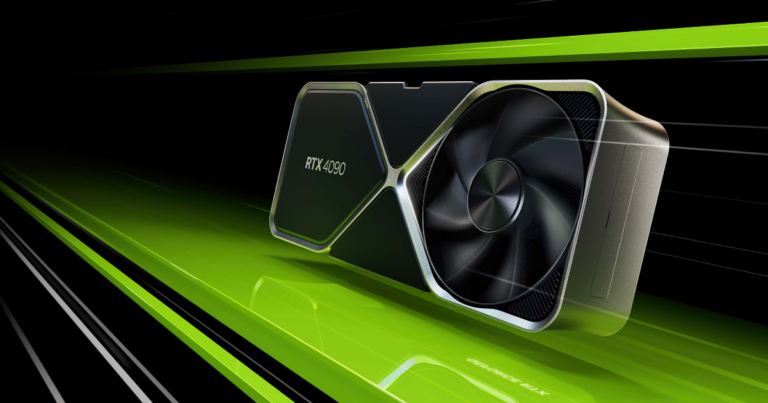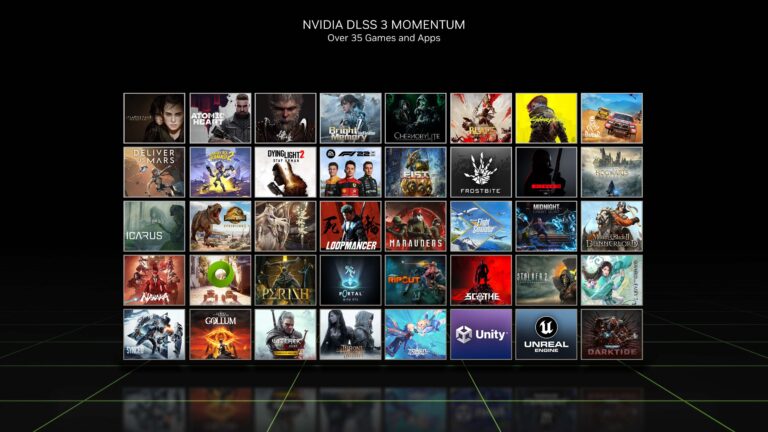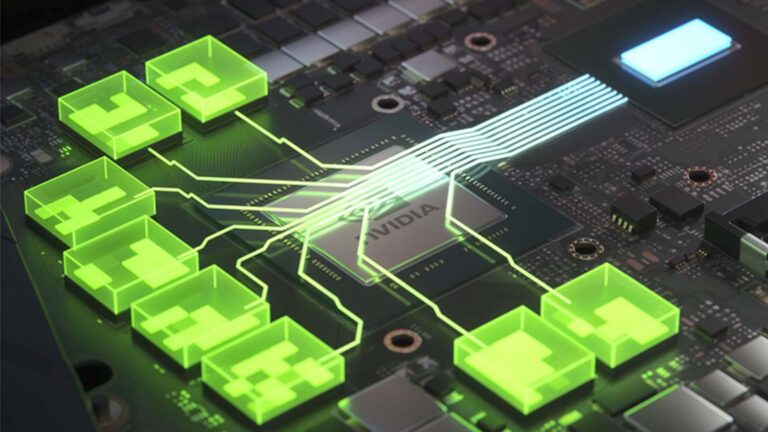Optus Mobile Review ALDI Mobile Review Amaysim Mobile Review Belong Mobile Review Circles.Life Review Vodafone Mobile Review Woolworths Mobile Review Felix Mobile Review Best iPhone Plans Best Family Mobile Plans Best Budget Smartphones Best Prepaid Plans Best SIM-Only Plans Best Plans For Kids And Teens Best Cheap Mobile Plans Telstra vs Optus Mobile Optus NBN Review Belong NBN Review Vodafone NBN Review Superloop NBN Review Aussie BB NBN Review iiNet NBN Review MyRepublic NBN Review TPG NBN Review Best NBN Satellite Plans Best NBN Alternatives Best NBN Providers Best Home Wireless Plans What is a Good NBN Speed? Test NBN Speed How to speed up your internet Optus vs Telstra Broadband ExpressVPN Review CyberGhost VPN Review NordVPN Review PureVPN Review Norton Secure VPN Review IPVanish VPN Review Windscribe VPN Review Hotspot Shield VPN Review Best cheap VPN services Best VPN for streaming Best VPNs for gaming What is a VPN? VPNs for ad-blocking While hopefully there’s more stock for the 40-series than there was for the 30-series graphics cards, the more pertinent question is whether you need to rush out and buy one of the latest Nvidia GPUs. More specifically, if you own an Nvidia GeForce RTX 20-series graphics card or an RTX 30-series GPU, do you really need a 40-series graphics card? The RTX 4080 GPUs are offered in 16GB and 12GB configurations. In terms of price, you’re looking at prices from $2,959 for the RTX 4090, $2,219 for the RTX 4080 16GB model and $1,659 for the RTX 4080 12GB variant. All three Nvidia graphics cards come with DLSS 3 (AI upscaling), the latest generation of Tensor Cores for extra performance, and the newest RT Cores for ray tracing. Check out the specs for the announced RTX 40-series graphics cards below. For those disinterested in compromise who love top-of-the-line Nvidia graphics cards, this comparison is for you. First, let’s start with a side-by-side specs comparison below. Note that there wasn’t a 2090 graphics card, which is why the most powerful 2080 Ti GPU from that series is used below. In terms of base performance potential, the 4090 has around 34% more CUDA Cores than its nearest competitor the 3090 Ti, with a 25% faster base clock and a 26% faster boost clock. The latest generations of Ray Tracing and Tensor Cores also promise better fidelity and boosted performance gains. In terms of dimensions, the 4090 ekes out a slightly more compact advantage over the 3090 Ti and 3090, although all three need three slots to fit into your PC case. If you want a two-slot option, you’ll have to go back to the 3080 Ti or lower-performing graphics cards. Speaking of multiple things, SLI support isn’t available for the 4090, which means you’ll have to stick with a 30-series or 20-series GPU if you want more than one graphics card in your machine. The max heat tolerance of the 3090 Ti and 3090 Ti is slightly better than the 4090, but it’s impressive that the 4090 boasts greater performance albeit with the same power requirements as the 3090 Ti. That said, opt for the 3090 or 2080 Ti if you’re using a 750W or 650W power supply. These graphics cards are cheaper than the top-tier models from the three respective generations, but still offer plenty of performance. Let’s dive into the side-by-side spec comparison first. In a straight CUDA Cores comparison, the best dollar-to-core performance comes from the 10GB version of the RTX 3080 (and that’s with its launch price). That said, expect measurable performance gains from the 4080 GPUs thanks to faster base and boost clocks, plus the latest generations of Tensor and Ray Tracing Cores. If you fancy SLI, you’ll have to jump right back to the 20-series, though. As for the practicalities, the 3080 and 2080 graphics cards are more compact designs. If you want a smaller GPU, consider buying a 3080, especially because their retail prices continue to tumble. The maximum GPU temperature differences are negligible, but half of the GPUs compared need a 750W power supply. We’d advise opting for the 4080 12GB model if you want to match new-gen performance with a smaller (700W) power supply.


